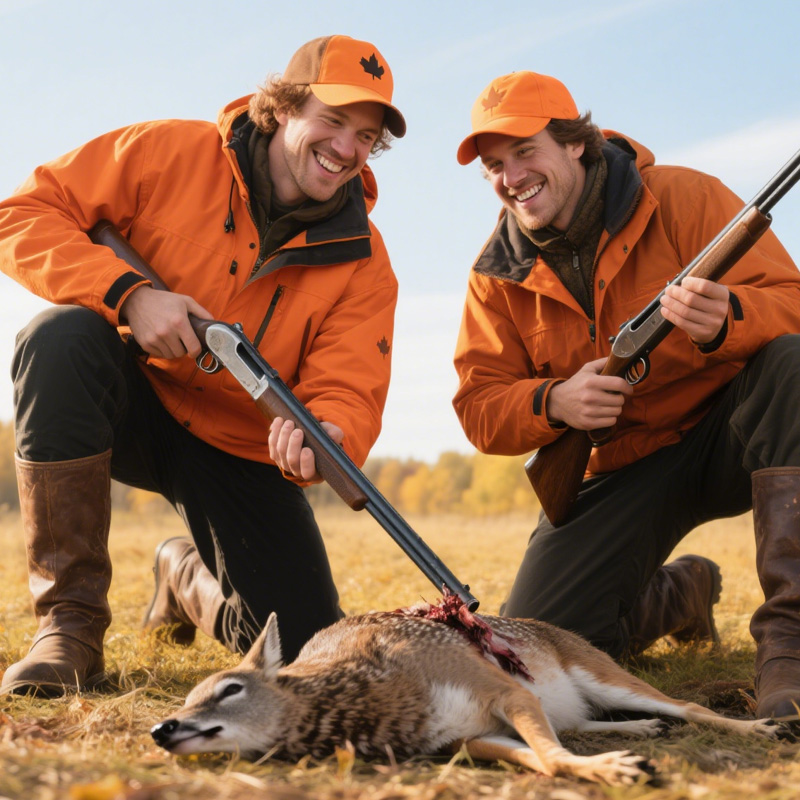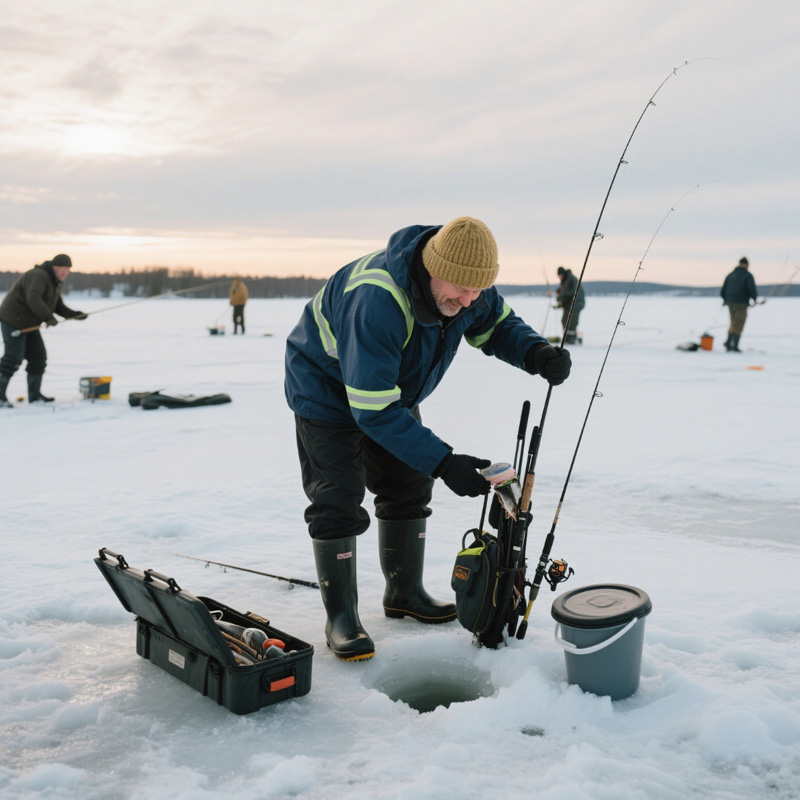When it comes to skiing, one of the most crucial pieces of equipment is the jacket you choose to wear. The best lightweight ski jacket not only enhances your performance on the slopes but also ensures comfort and safety throughout your skiing experience. In this article, we will explore the numerous advantages of lightweight ski jackets, along with insights from ski wear manufacturers and information on fabric materials that make these jackets a top choice for skiers.
1. Understanding the Best Lightweight Ski Jacket
1.1 What Makes a Jacket Lightweight?
A best lightweight ski jacket is typically constructed using advanced materials like nylon, polyester, or specialized fabrics such as Gore-Tex. These materials are designed to be both durable and lightweight, allowing skiers to maintain mobility without sacrificing protection from the elements. The ideal jacket should feature a combination of waterproofing, breathability, and insulation, making it suitable for various skiing conditions.
1.2 Key Features of the Best Lightweight Ski Jacket
- Waterproofing: Most lightweight ski jackets come with a waterproof membrane that prevents water from penetrating while allowing sweat to escape. This is essential for maintaining comfort during long days on the slopes. For example, the Capelin Crew jacket features a 100% polyester shell with TPU laminate and PFC-free DWR treatment, achieving a waterproof rating of 20,000mm.
- Breathability: Breathability is crucial in a ski jacket, as it allows moisture from perspiration to escape. Look for jackets with high breathability ratings to ensure you stay dry and comfortable. The Capelin Crew jacket, for instance, offers a breathability rating of 15,000mm, ensuring optimal moisture management.
- Insulation Options: While lightweight jackets may not provide the same level of insulation as heavier options, many of them incorporate advanced synthetic insulation that offers warmth without bulk. For example, some jackets use Thinsulate or PrimaLoft insulation, which are lightweight yet highly effective in retaining heat.
- Packability: The best lightweight ski jackets are often designed to be packable, making them easy to store in your ski bag when not in use. This feature is especially beneficial for travelers and backcountry skiers who need to carry their gear over long distances.
- Mobility: Lightweight jackets are crafted to allow for a full range of motion, enabling skiers to maneuver effectively while navigating slopes. Materials like stretchy nylon and polyester ensure that the jacket does not restrict movement.
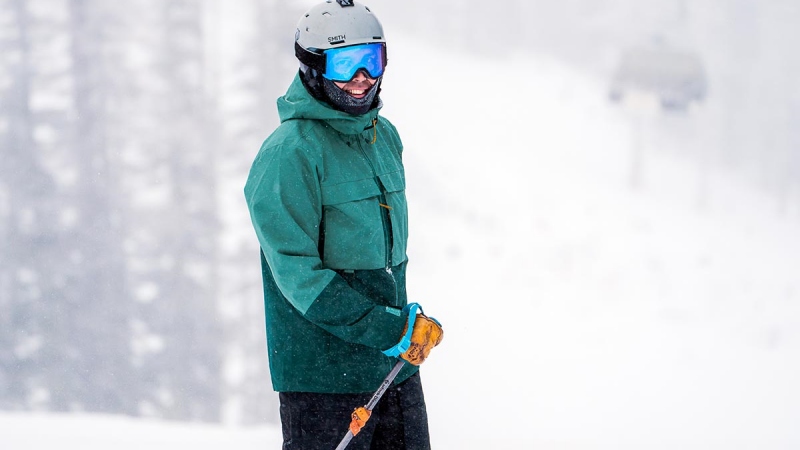
2. What Are Advantages of the Best Lightweight Ski Jacket
2.1 Enhanced Mobility
One of the most significant advantages of the best lightweight ski jacket is the enhanced mobility it offers. Unlike bulkier jackets, lightweight options allow skiers to move freely, making it easier to navigate challenging terrains and execute complex maneuvers. This mobility is essential for both recreational skiers and professionals who require agility on the slopes.
2.2 Layering Capability
The versatility of the best lightweight ski jacket allows for effective layering. Layering is a crucial technique in skiing, as it helps regulate body temperature. Skiers can wear a moisture-wicking base layer underneath and add thermal layers as needed for warmth. A lightweight jacket on top provides protection from wind and moisture without adding unnecessary bulk.
2.3 Packability
Another advantage of lightweight ski jackets is their packability. These jackets can often be folded into a small pouch, making them easy to carry in your ski bag. This is especially useful for skiers who travel frequently, as they can easily pack the jacket for use in varying weather conditions.
2.4 Breathability
Breathability is a critical feature of the best lightweight ski jacket. Many jackets are equipped with ventilation systems or breathable fabrics that help regulate temperature and moisture. This feature is vital for preventing overheating during strenuous activities, enabling skiers to maintain peak performance.
2.5 Weather Resistance
The best lightweight ski jackets are designed to offer excellent protection against wind and snow. Many models come with features such as adjustable hoods, cuffs, and hems to ensure a snug fit that keeps out the elements. This weather resistance is essential for skiers who encounter varying conditions on the mountain.
2.6 Style and Aesthetics
Modern lightweight ski jackets often come in various styles and colors, allowing skiers to express their personality while staying functional. Many ski wear manufacturers have embraced fashion trends, ensuring that performance does not come at the cost of style.
3. What Are the Disadvantages of Lightweight Ski Jackets?
3.1 Limited Insulation
One of the primary disadvantages of lightweight ski jackets is their limited insulation compared to heavier options. While they excel in mobility and packability, skiers in extremely cold conditions may find them less effective in providing warmth.
3.2 Durability Concerns
Lightweight jackets, due to their design, may be less durable than heavier counterparts. Skiers should assess their skiing style and the conditions they typically face to determine if a lightweight jacket meets their needs.
3.3 Water Resistance Limitations
While many lightweight jackets offer excellent waterproofing, they may struggle in extremely wet conditions. Skiers should consider their typical weather conditions when selecting their gear.
3.4 Cost Considerations
High-quality lightweight ski jackets can be expensive. Skiers should weigh the benefits against their budget and needs, ensuring that they invest wisely.
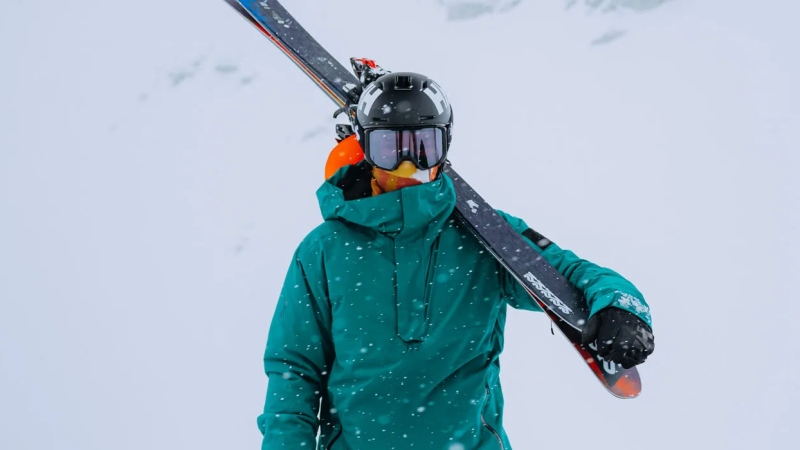
4. The Role of Technology in Best Lightweight Ski Jacket
4.1 Advanced Fabric Technologies
Ski wear manufacturers have invested in developing advanced fabric technologies that enhance the performance of lightweight ski jackets. For instance, many jackets feature moisture-wicking capabilities that pull sweat away from the body, keeping skiers dry. Additionally, technologies such as Polartec and Thinsulate provide superior insulation without adding weight.
4.2 Waterproofing Innovations
Waterproofing remains a critical aspect of ski jackets. Brands utilize various techniques, such as Durable Water Repellent (DWR) coatings, to enhance water resistance. Seam sealing is another innovation that prevents water from seeping through the stitching, ensuring comprehensive protection.
4.3 Thermal Efficiency
The best lightweight ski jackets also incorporate thermal efficiency technologies. For instance, some jackets feature reflective liners that trap body heat while remaining breathable. This combination of warmth and breathability is essential for comfort on the slopes.
5. Choosing the Right Lightweight Ski Jacket for Your Needs
5.1 Fit and Comfort
When selecting the best lightweight ski jacket, fit and comfort should be your top priorities. A well-fitted jacket allows for layering while ensuring that it does not restrict movement. Skiers should try on jackets with their ski gear to ensure compatibility.
5.2 Intended Use
Consider your skiing style and the conditions you typically encounter. For example, backcountry skiers may prefer jackets with additional features, such as pockets for avalanche safety gear. In contrast, recreational skiers may focus on comfort and style.
5.3 Budget Considerations
While high-quality lightweight ski jackets can be an investment, it’s essential to find a balance between price and performance. Research ski wear manufacturers and their offerings to ensure you get the best value for your investment.
5.4 Brand Reputation
Choosing a jacket from a reputable ski wear factory can ensure quality and durability. Leading brands often provide warranties and customer support, giving you peace of mind with your purchase.
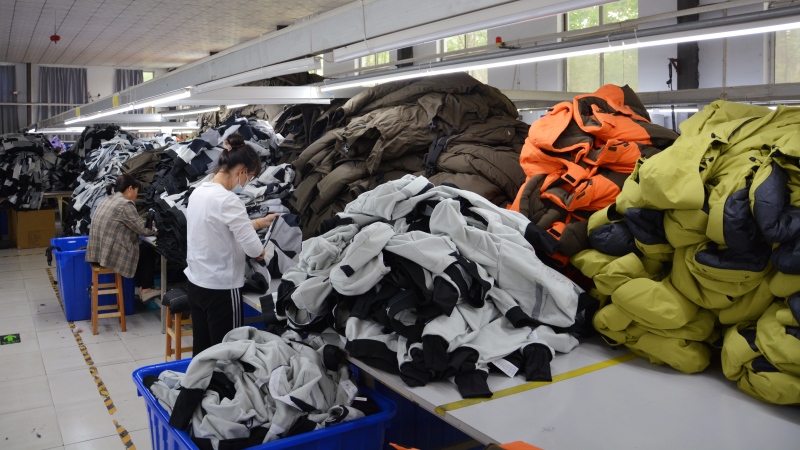
6. Care and Maintenance of Your Lightweight Ski Jacket
6.1 Washing Instructions
To maintain the performance of your best lightweight ski jacket, follow the manufacturer’s washing instructions carefully. Typically, it is recommended to wash the jacket in cold water on a gentle cycle and avoid fabric softeners, which can degrade waterproofing.
6.2 Storage Tips
Proper storage is essential for prolonging the lifespan of your jacket. Ensure it is clean and completely dry before storing it in a cool, dry place. Avoid compressing the jacket for extended periods, as this can affect its insulation and shape.
6.3 Repair and Longevity
Lightweight ski jackets can be prone to wear and tear. If you notice minor damages, such as small tears, consider using repair kits designed specifically for outdoor gear. Addressing issues promptly can extend the life of your jacket significantly.
7. Conclusion
The best lightweight ski jacket offers a multitude of advantages for skiers, including enhanced mobility, breathability, and packability. With advancements in fabric technology and design, these jackets cater to a range of skiing styles and conditions. However, skiers should also be aware of their limitations, such as insulation and durability. By understanding the benefits and selecting the right jacket for your needs, you can enhance your skiing experience significantly.
For those looking to elevate their skiing gear, exploring offerings from reputable ski wear manufacturers and factories like BOWINS Garment is essential. Whether you’re a seasoned skier or just starting, the right lightweight ski jacket can make all the difference on the slopes.

